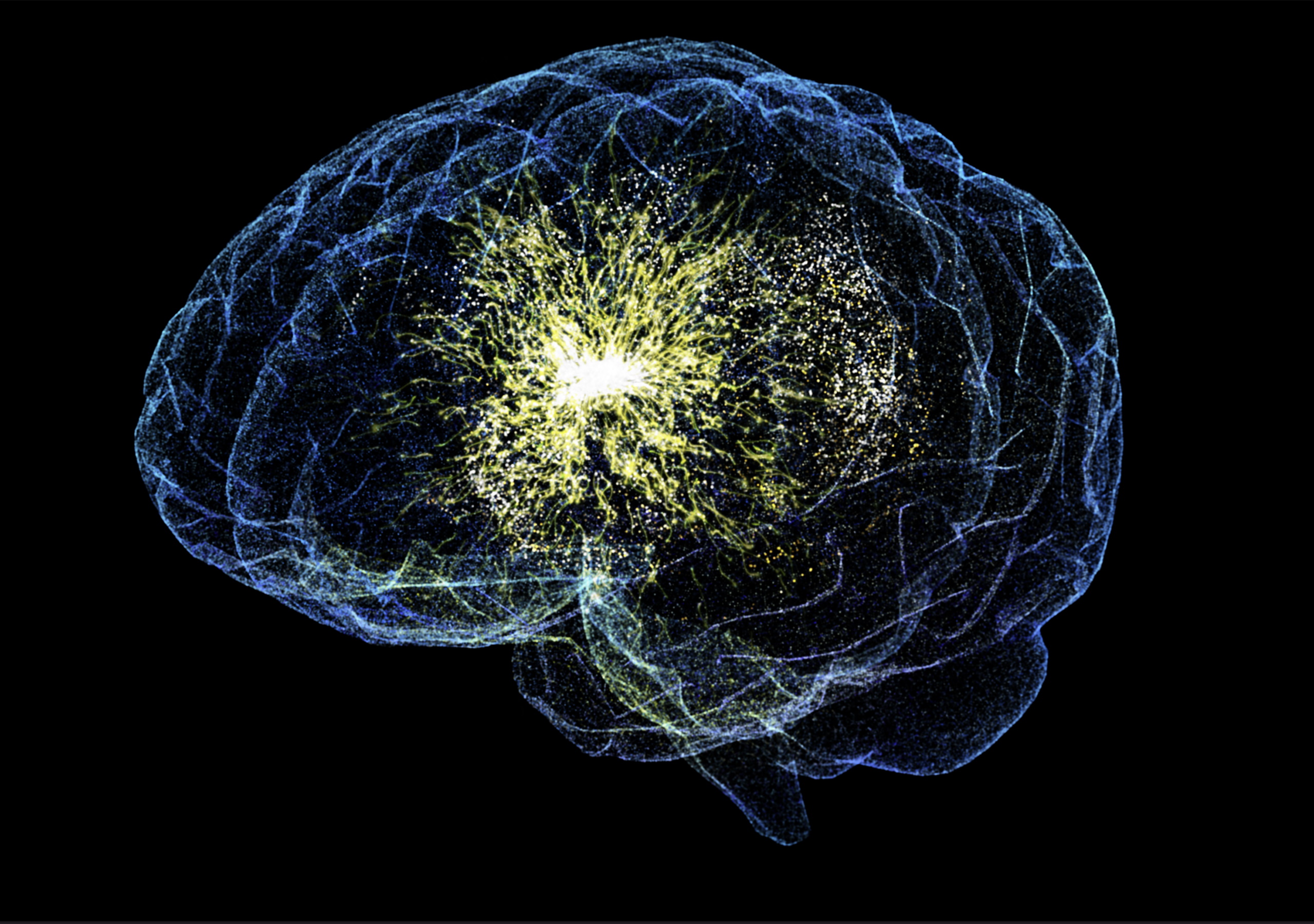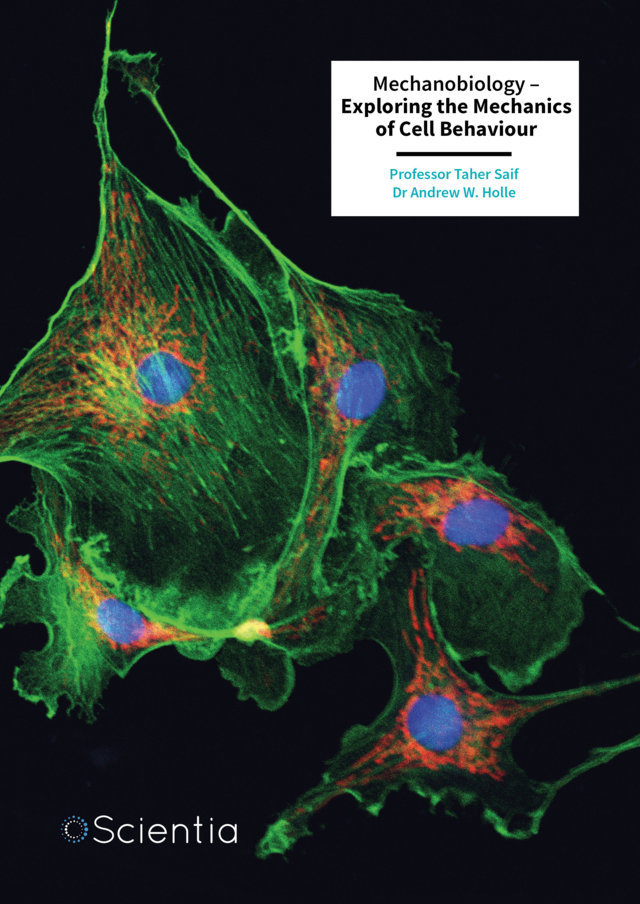Learning a new language as an adult is challenging, especially when the new language has features that differ significantly from one’s native tongue. This phenomenon is key to a new study led by Professor Shanshan Yan at Peking University, which examines how language learning is affected when learners encounter features in their second language that are similar to those in their first language. More
Learning a new language as an adult is challenging, especially when the new language has features that differ significantly from one’s native tongue. However, what happens when learners encounter features in their second language that are similar to those in their first language?
A new study from Professor Shanshan Yan at Peking University, and their colleagues, reveals how different types of bilingual speakers process Chinese language features. The research shows that heritage language learners—those who learned Chinese from birth in an English-speaking environment—demonstrate unique advantages over traditional second language learners.
Professor Shanshan and their colleagues examine this by investigating how different types of Chinese language learners process a particular grammatical aspect of Chinese, the sentence-final particle le.
The sentence-final particle le is a unique feature of Mandarin Chinese that appears at the end of sentences to indicate a change of state. For example, it might be used to show that someone has grown from a small child to a big child, but not vice versa. Interestingly, English has a similar feature in the word “already,” which follows similar rules about indicating change in an upward or forward direction. This parallel between languages provides a perfect opportunity to study how speakers of both languages might benefit from these similarities.
The research team compared three groups of Chinese speakers: traditional second language learners who started learning Chinese as adults, heritage language learners who grew up speaking both Chinese and English from birth, and native Chinese speakers who grew up in China. All participants completed two tasks: an acceptability judgement task where they rated the acceptability of sentences, and a reading task where they read sentences one segment at a time while their reading speed was measured. The participants were carefully selected to ensure comparable levels of proficiency in written Chinese between the second language learners and heritage learners, allowing for fair comparison between these groups.
The study focused on two types of sentences that use the sentence-final particle le. The first type involved simple statements about size or age, such as “Xiaoming is a big child already.” The second type was more complex, involving statements about duration, such as “He has lived here for at least five years already.” These two types of sentences allowed the researchers to examine how different learners handle varying levels of complexity in language processing. The researchers also included incorrect sentences to see how quickly and accurately participants could identify grammatical errors.
The findings revealed fascinating differences between the groups. While all groups could recognize correct and incorrect uses of the sentence-final particle le in simple sentence structures, only the heritage learners and native speakers could consistently identify errors in more complex sentences involving time duration. Even more surprisingly, the heritage learners showed signs of recognizing errors faster than native speakers in some cases, detecting problems with sentence structure while they were still reading rather than after finishing the sentence.
What makes these results particularly interesting is that the heritage learners achieved this superior performance despite having less overall exposure to Chinese than native speakers. Most heritage learners in the study grew up in English-speaking countries and used English as their primary language in school and daily life. Yet their early exposure to both languages seems to have given them a special advantage in processing these particular grammatical features. This suggests that the timing and context of language learning might be more important than the total amount of exposure to a language.
Professor Shanshan and their colleagues suggest that this advantage stems from what they call “cross-linguistic influence”—the way knowledge of one language can affect how we learn and process another language. In this case, the heritage learners’ simultaneous exposure to both Chinese and English from birth may have helped them to develop a particularly strong understanding of how the sentence-final particle le works, possibly because they could connect it to their knowledge of the English word “already” from a very young age. This early bilingual experience appears to create unique cognitive pathways that enhance language processing abilities.
This advantage wasn’t shared by the second language learners, even though they also knew both languages and had comparable proficiency levels to the heritage learners in written Chinese. The researchers suggest this might be because learning a second language later in life makes it harder to establish these kinds of deep connections between languages. The second language learners could handle simpler sentences but struggled with more complex ones, particularly when reading quickly. This finding highlights the critical role that age of acquisition plays in language learning and processing.
The study also revealed interesting patterns in how different types of sentences were processed. All groups found it easier to judge sentences involving basic concepts such as “big” versus “small” compared with more complex ideas involving time duration. This suggests that some aspects of language are inherently more challenging to process than others, regardless of how you learned the language. The researchers attribute this to the fact that time-related expressions are more abstract and require more complex mental processing than simple physical descriptions.
These findings have important implications for language teaching and learning. They suggest that the timing of when you learn languages matters significantly, not just in terms of overall proficiency, but in terms of how your brain processes language in real-time. They also highlight the unique advantages that heritage language learners might have, even if they consider themselves less proficient than native speakers in some aspects of the language. This could influence how language programs are designed for different types of learners, taking into account their unique strengths and challenges.
Moreover, the research provides valuable insights into how our brains handle multiple languages. Rather than keeping languages completely separate, it appears that our minds can make useful connections between similar features across languages, particularly when we learn both languages early in life. This challenges the traditional view that bilingual speakers keep their languages in entirely separate mental compartments and suggests that there might be advantages to encouraging connections between languages during the learning process.
Professor Shanshan and their colleagues’ research opens up new questions about bilingual language processing and suggests that we might need to rethink some of our assumptions about language learning. While native speakers are often considered the gold standard for language use, this study shows that different types of language learners might have their own unique strengths and processing advantages. Understanding these differences could help develop more effective language teaching methods and better support different types of language learners, ultimately leading to more successful outcomes in language education.







